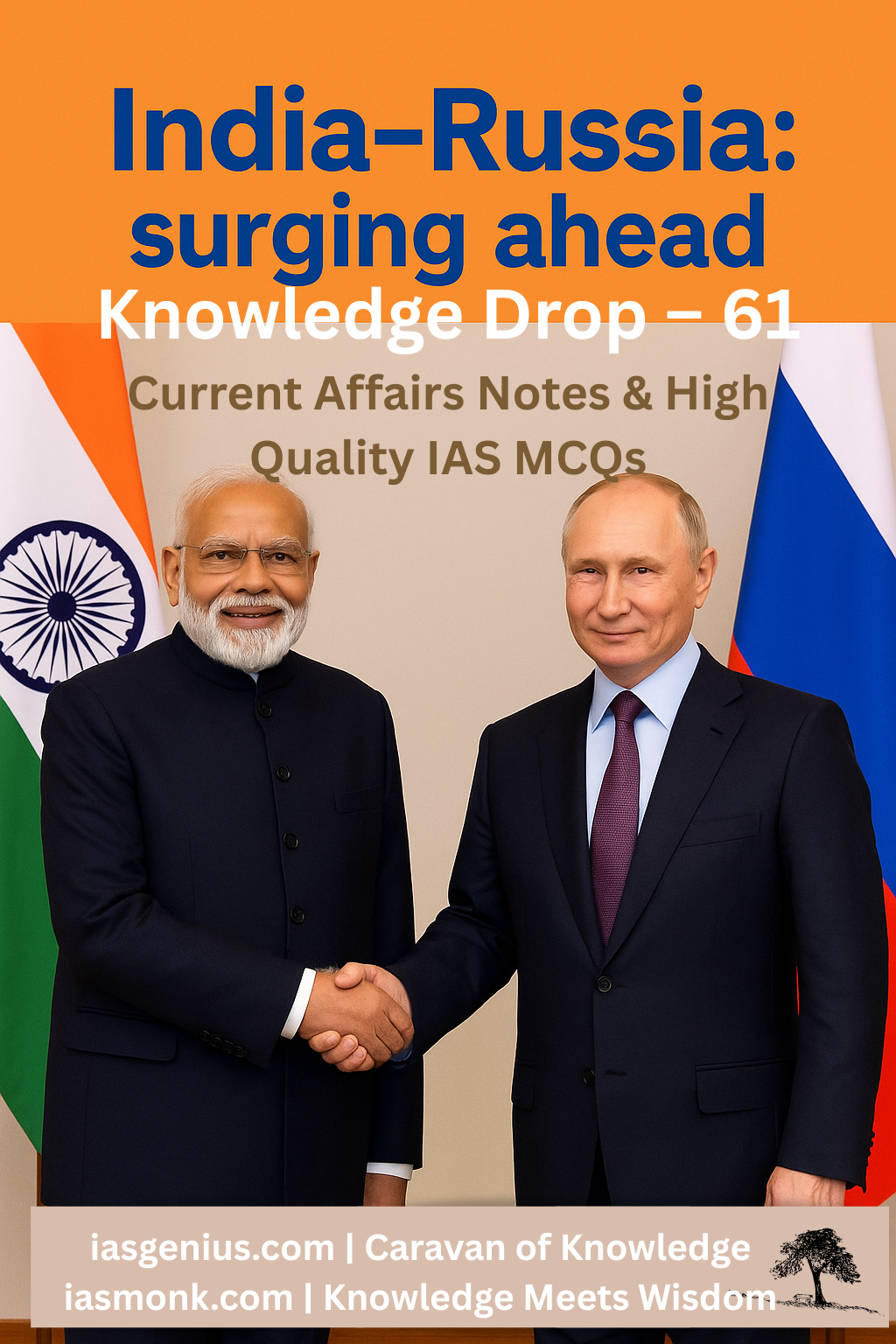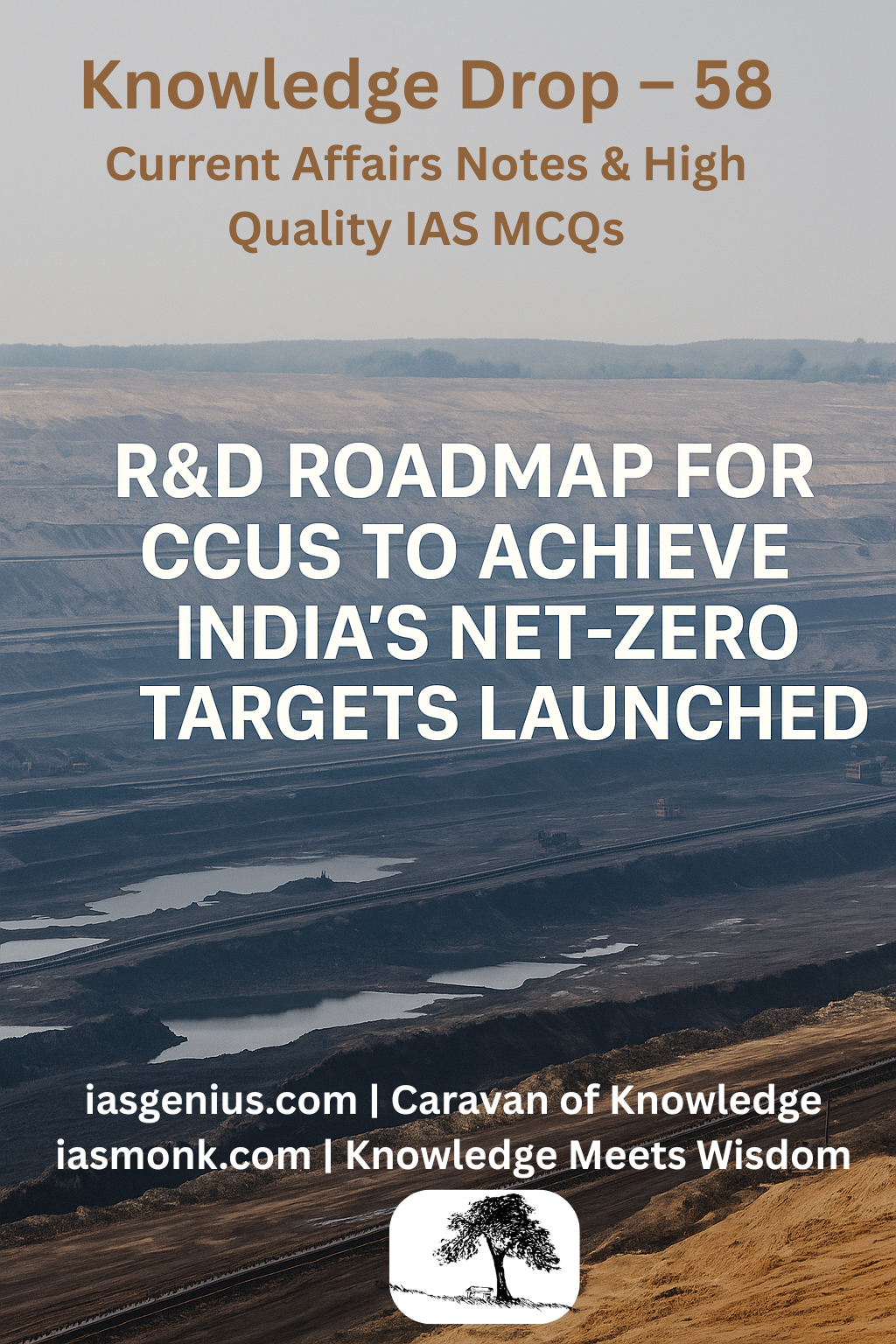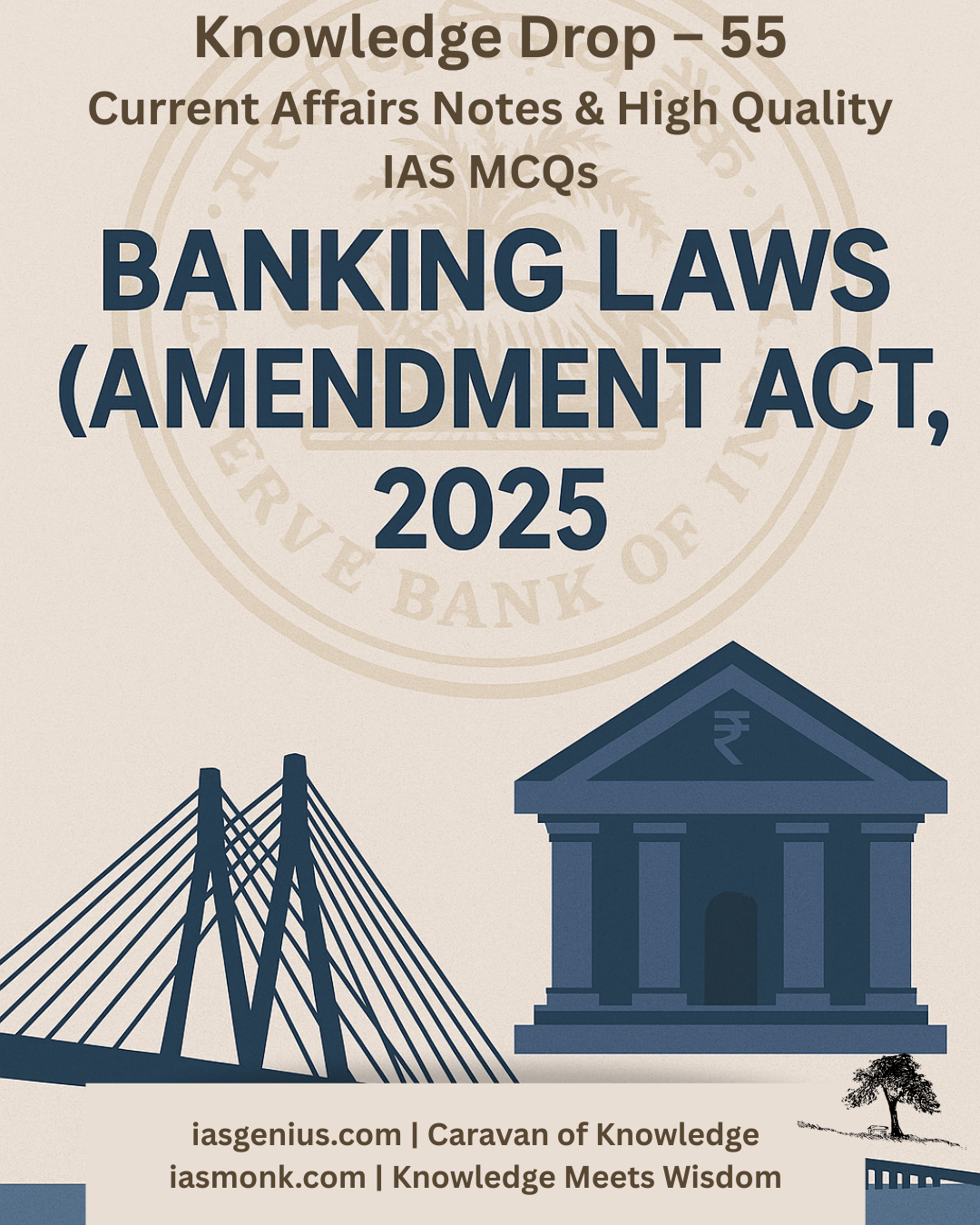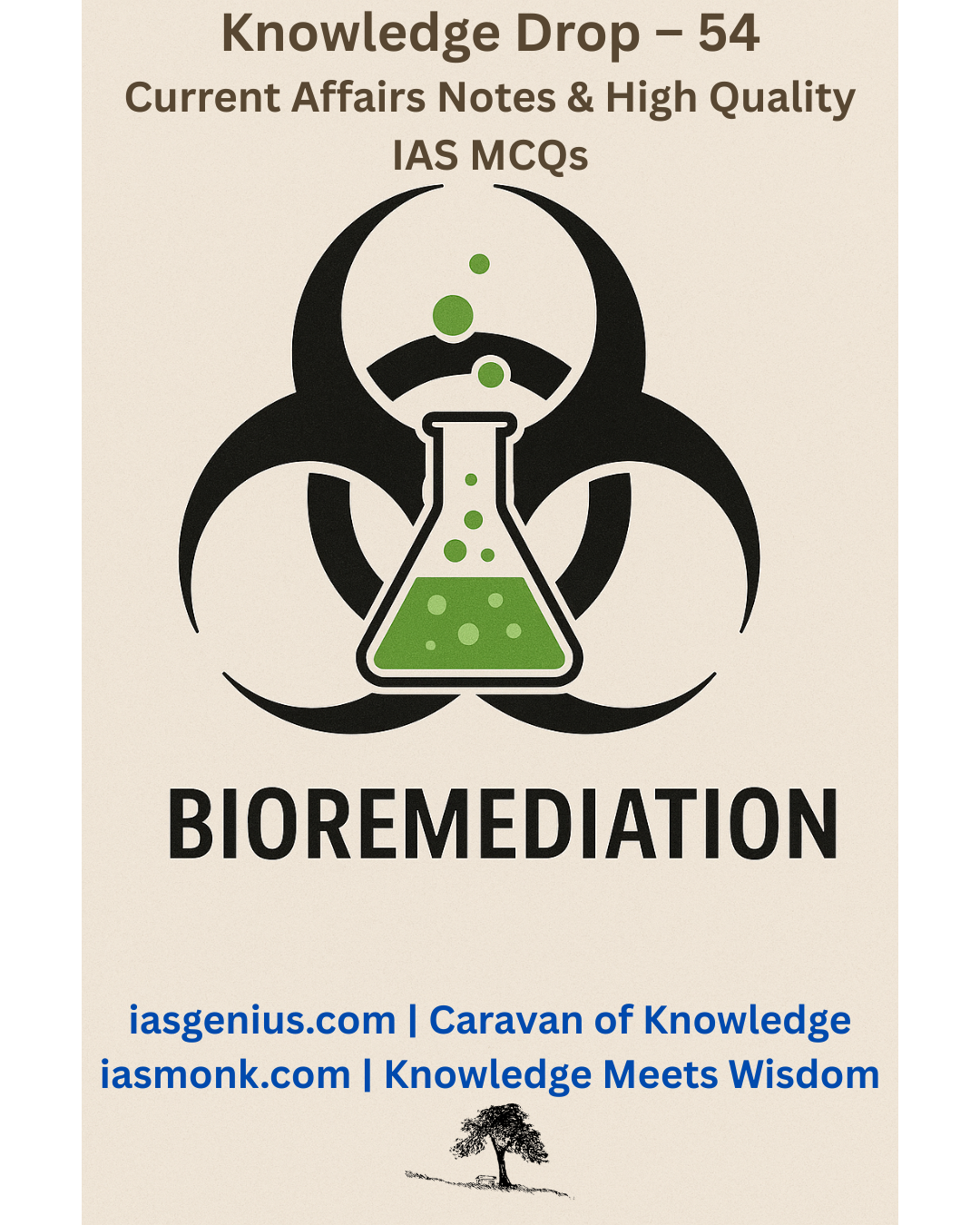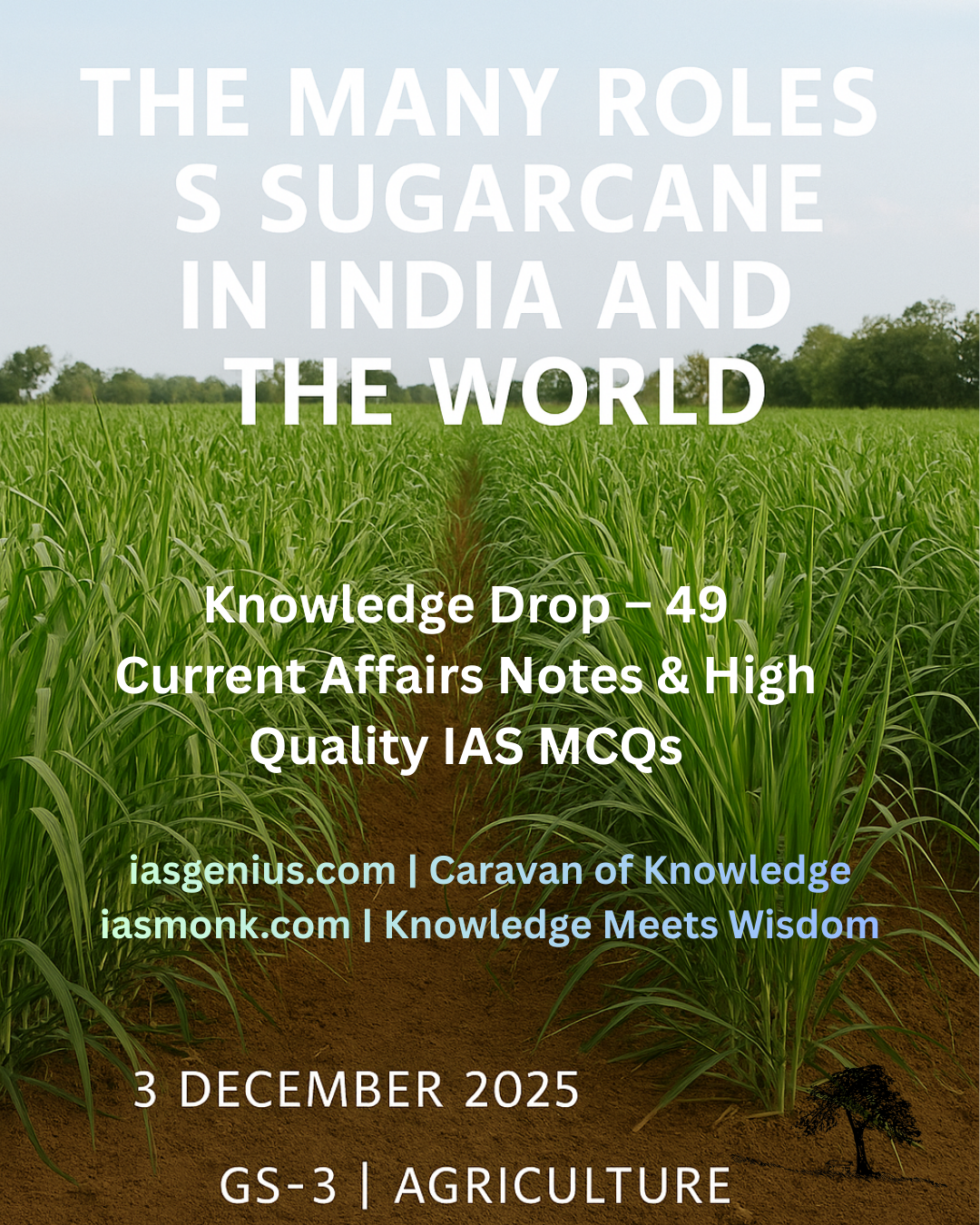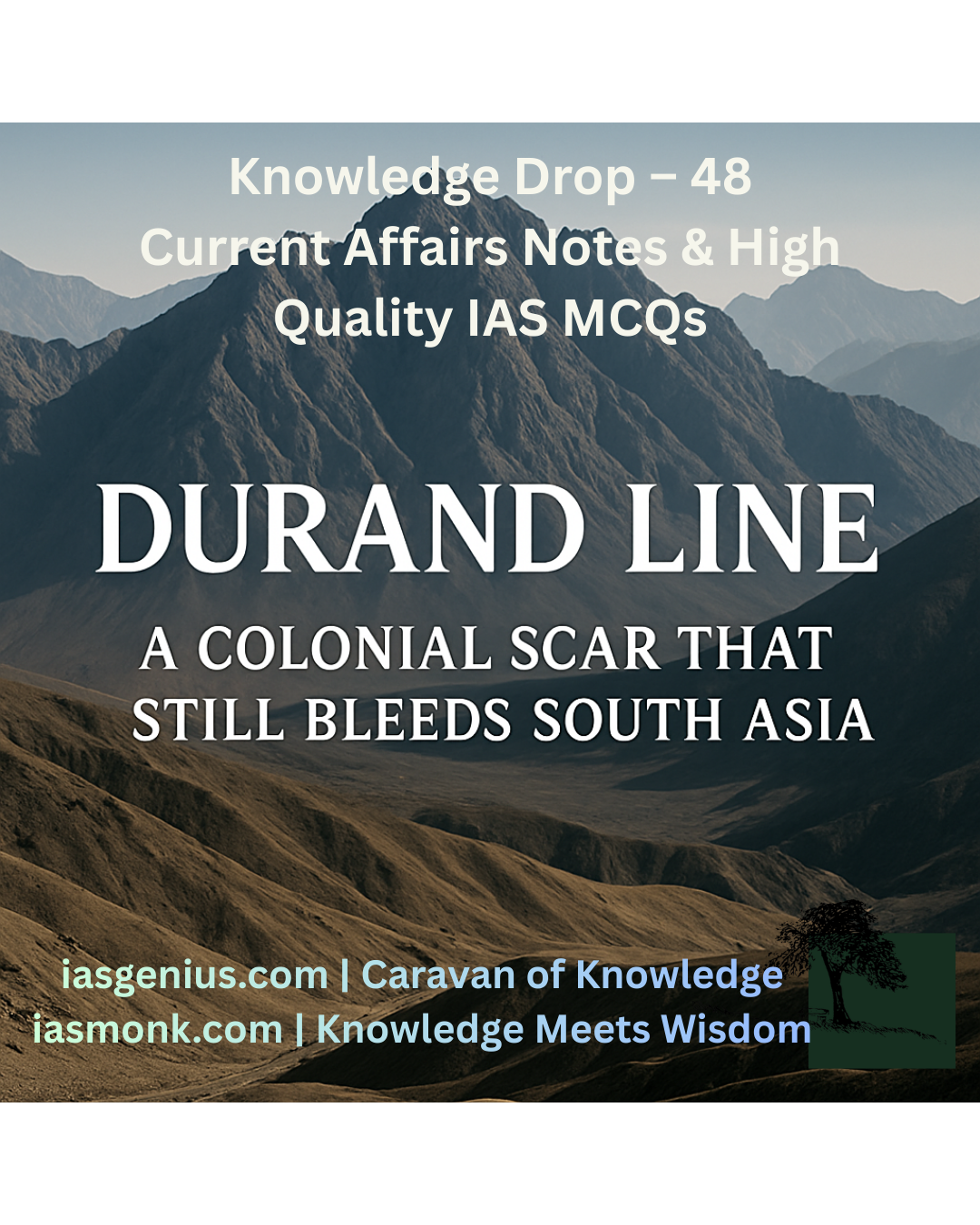🖋Mains Practice Q&A — Q.7 Combating Violence Against Women
🖋Mains Practice Q&A — Combating Violence Against Women (March 2025 Yojana)
🧭 Thematic Focus:
- GS Paper: (e.g., GS Paper 2 – Governance & Polity)
- Yojana Edition: March 2025
- Category: Monthly Summaries → Yojana Summaries → March 2025
- Tags: Fiscal Federalism, Union Budget 2025, Finance Commission, Cooperative Federalism
❓ Mains Practice Question (250 Words)
Q7. Despite progressive laws, violence against women remains pervasive in India. Suggest a multi-sectoral approach to address the root causes and implementation gaps.
(Word Limit: 250)
🖊️ Suggested Model Answer:
(InsAnswer:
Violence against women (VAW) in India manifests in multiple forms—domestic abuse, sexual violence, cyber harassment, and trafficking. Despite robust legal frameworks like the Domestic Violence Act (2005), POSH Act (2013), and POCSO Act (2012), implementation gaps and patriarchal norms continue to undermine justice and safety.
A multi-sectoral approach is critical.
Legal and Institutional Reforms include expanding One Stop Centres (OSCs), strengthening the 181 Helpline, fast-tracking cases, and training police and judiciary in gender sensitivity. Despite laws, NCRB 2022 reports only a 15% conviction rate in VAW cases.
Community and Educational Interventions like Self-Help Groups (SHGs), Lakhpati Didi, and school-based gender sensitization programs can create a grassroots safety net. Campaigns like Rani Laxmi Bai Atma Raksha Prashikshan empower girls through self-defense training.
Technology offers tools such as Nirbhaya App, Himmat Plus, and Digital Shakti, while AI-based policing can help monitor high-risk zones.
Economic empowerment through Mudra, Stand-Up India, and Skill India enhances financial independence, reducing women’s vulnerability.
Public-Private Partnerships (PPPs) can aid Safe City Projects, wearable safety devices, and gender audits in workplaces. In disaster zones, gender-responsive task forces and trauma counseling are essential.
India must also address cybercrime, cultural stigma, and poor inter-agency coordination. A holistic, data-driven model combining legal strength, community vigilance, and economic inclusion is vital.ert 250-word answer here in paragraph format, ideally with bold sub-headers like Introduction, Body, and Conclusion)
🧩 Keywords for Enrichment:
- One Stop Centres (OSCs)
- POSH Act, POCSO Act, DV Act
- 181 Helpline
- Digital Shakti, Nirbhaya App
- Lakhpati Didi Scheme
- Safe City Projects
- SHGs & Rani Laxmi Bai training
- Stand-Up India, Mudra for women
- AI Predictive Policing
- SDG 5, Articles 15 & 39A
🔍 GS Paper Mapping
- GS Paper 2 – Governance, Centre–State relations
- GS Paper 3 – Budgeting, Public Finance
🪔 Closing Whisper:
“When a nation protects its women, it protects its future.” 🕊️

